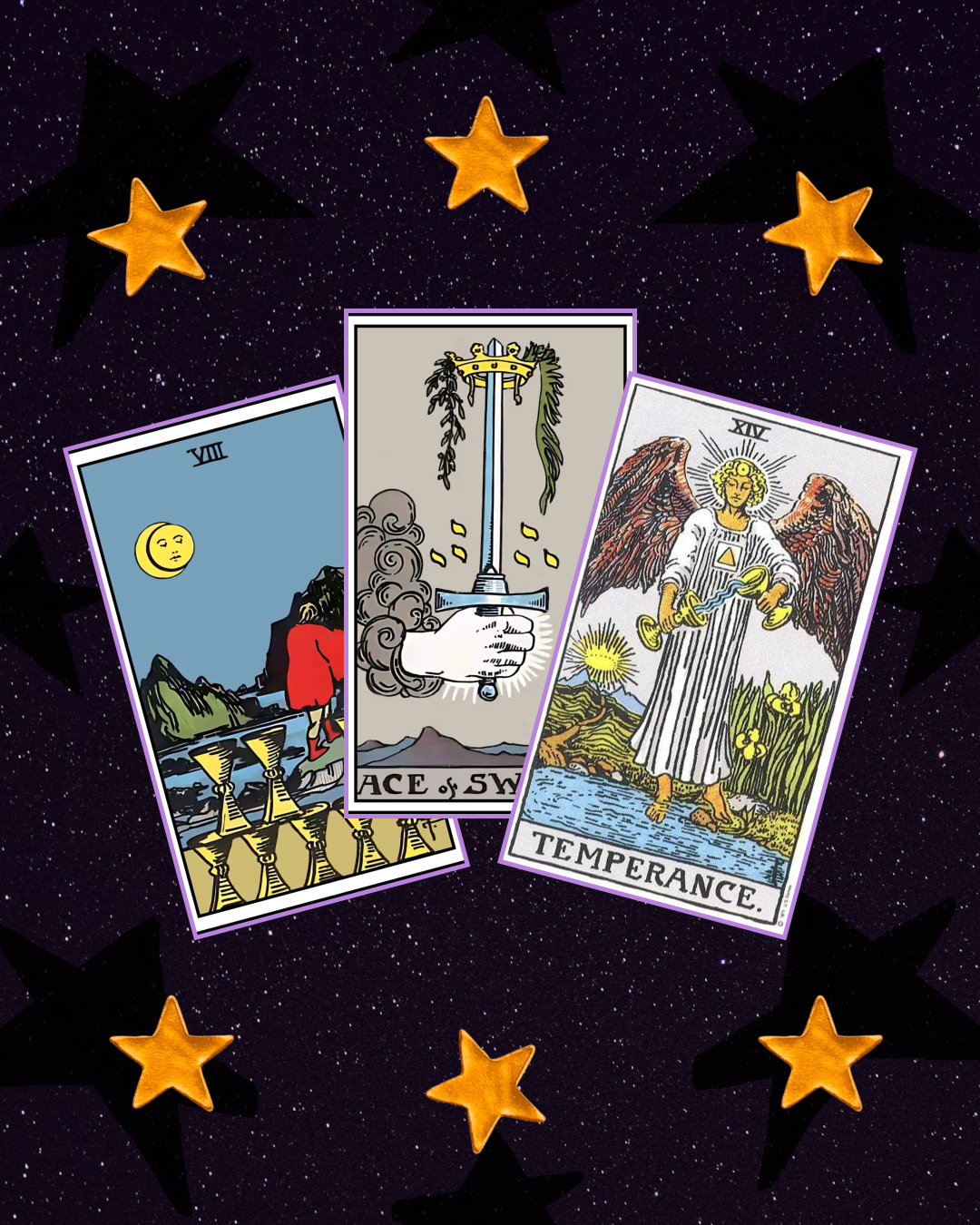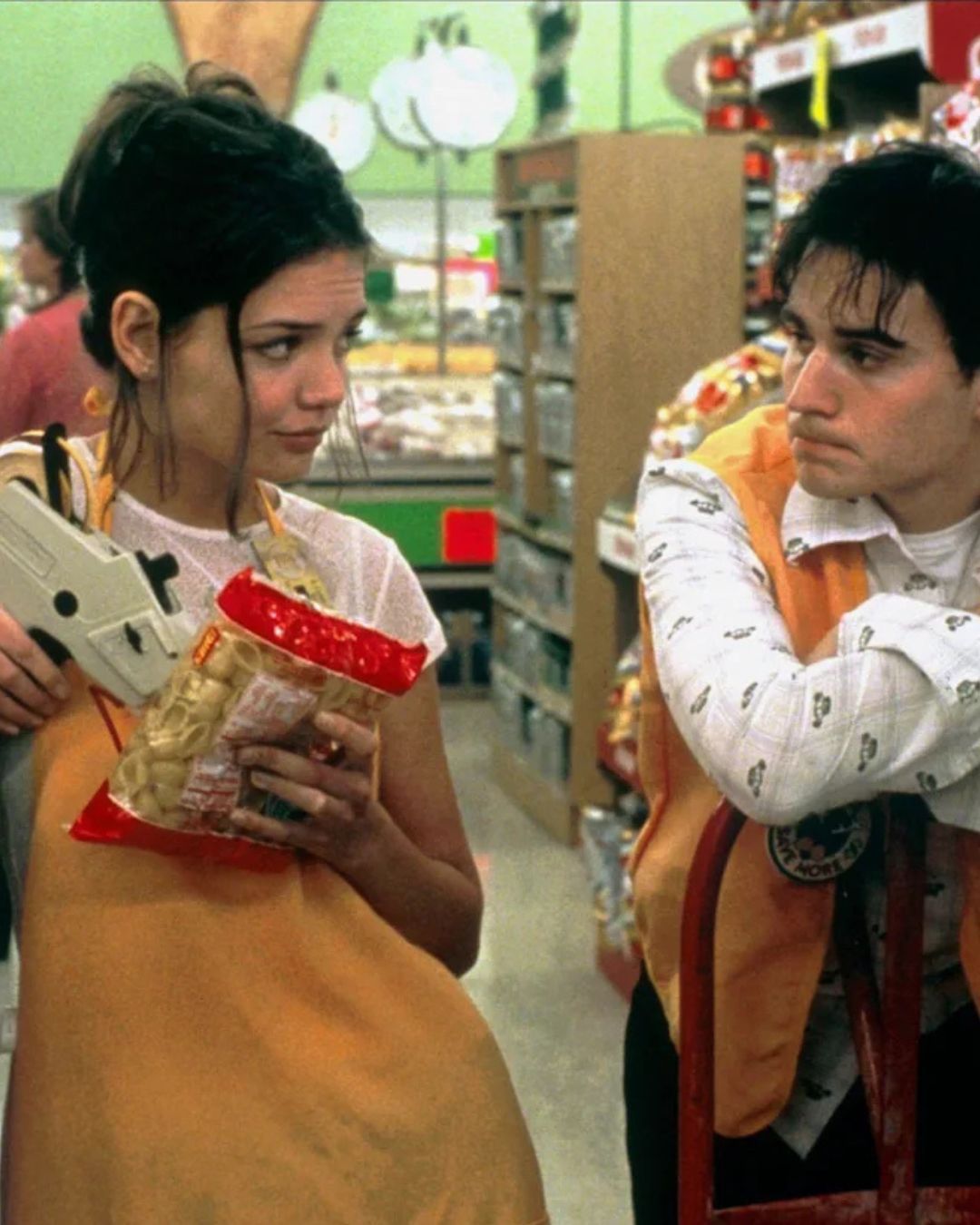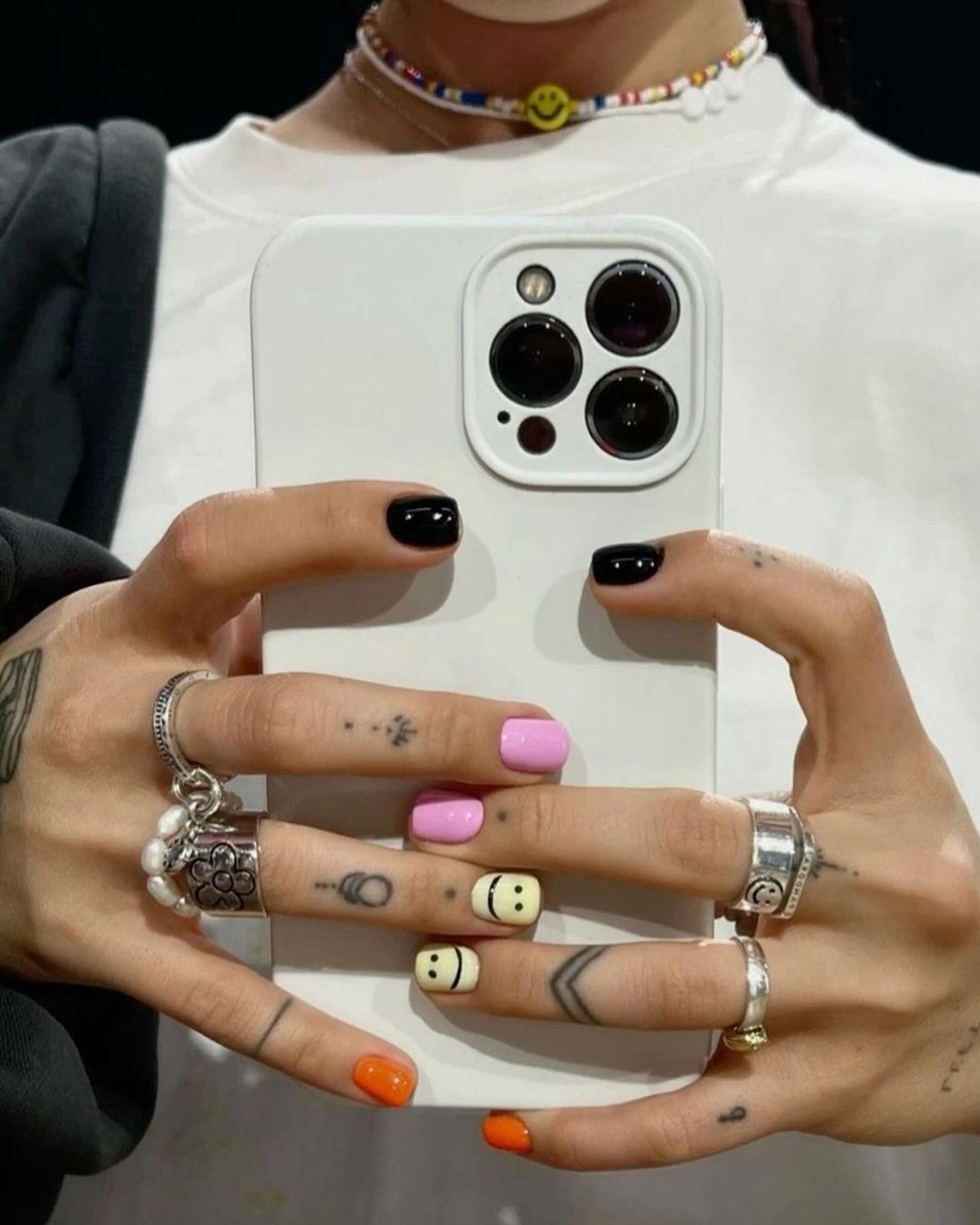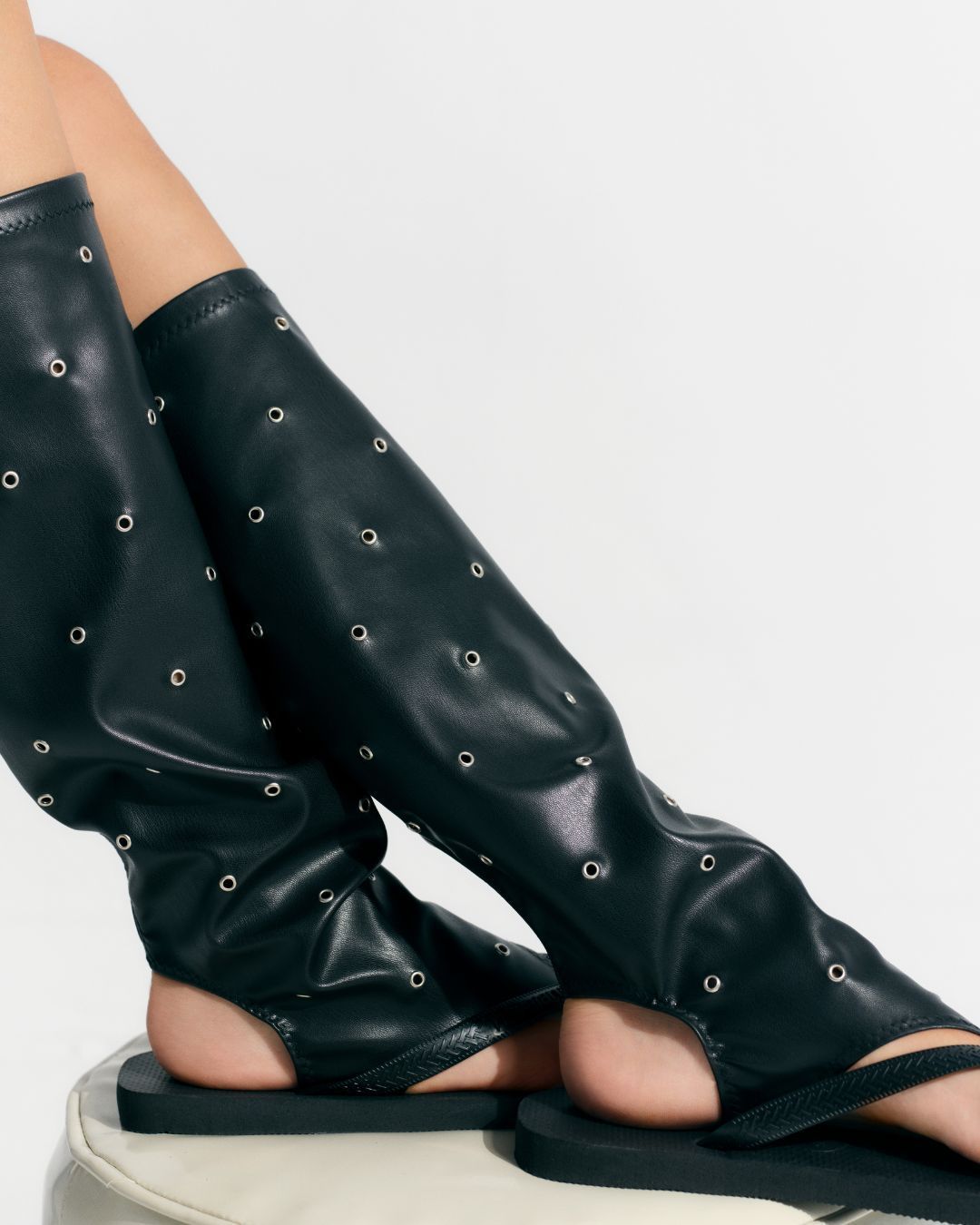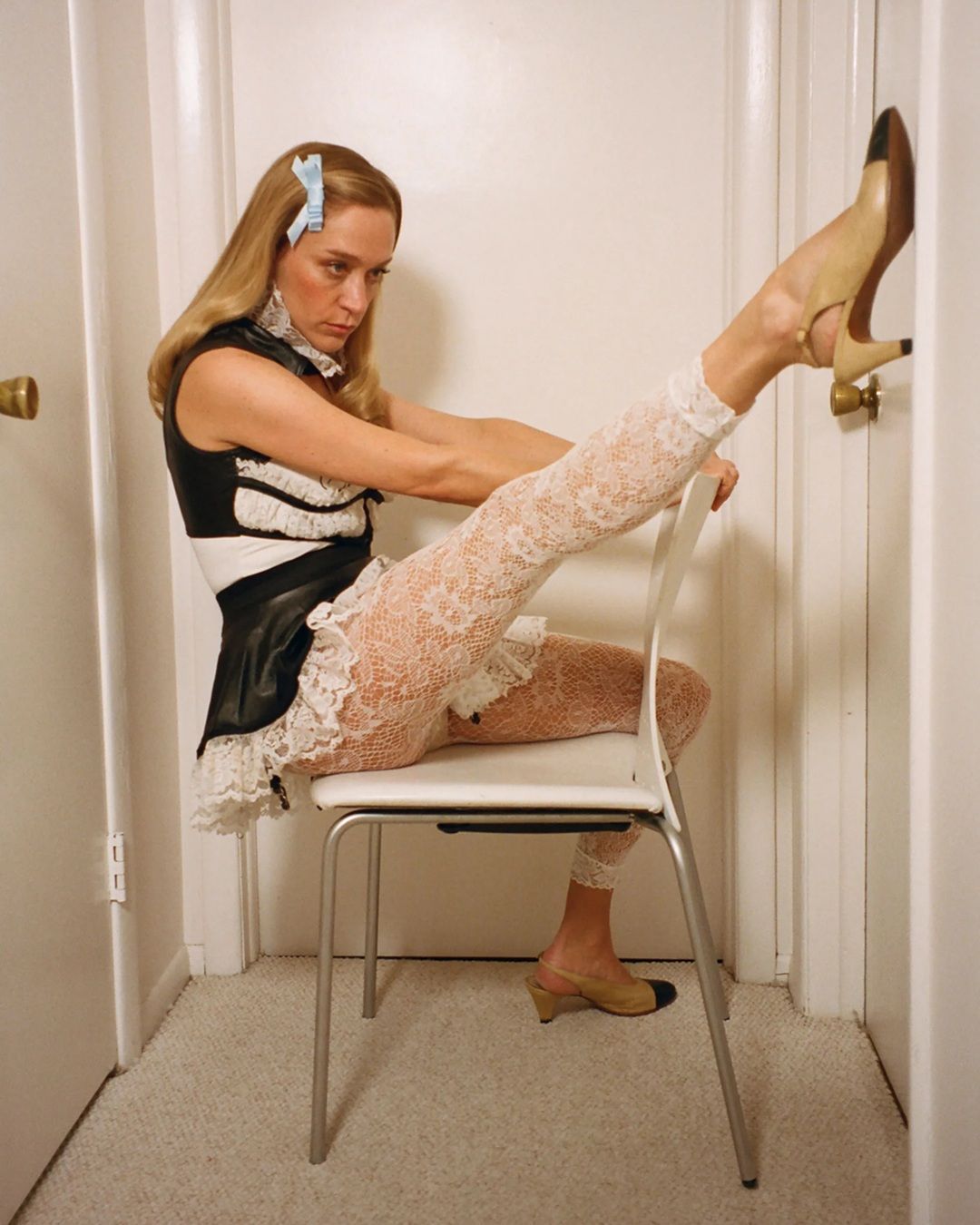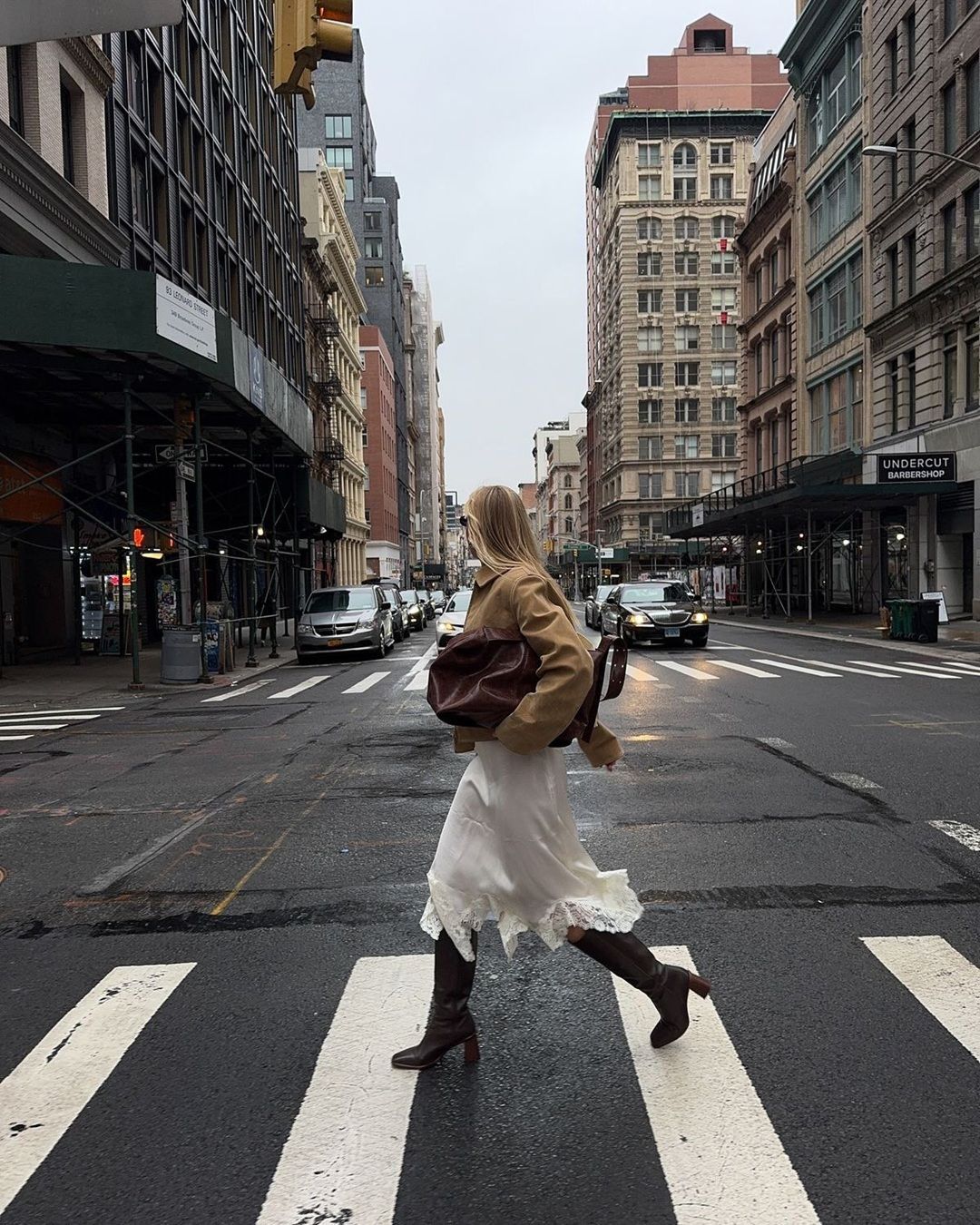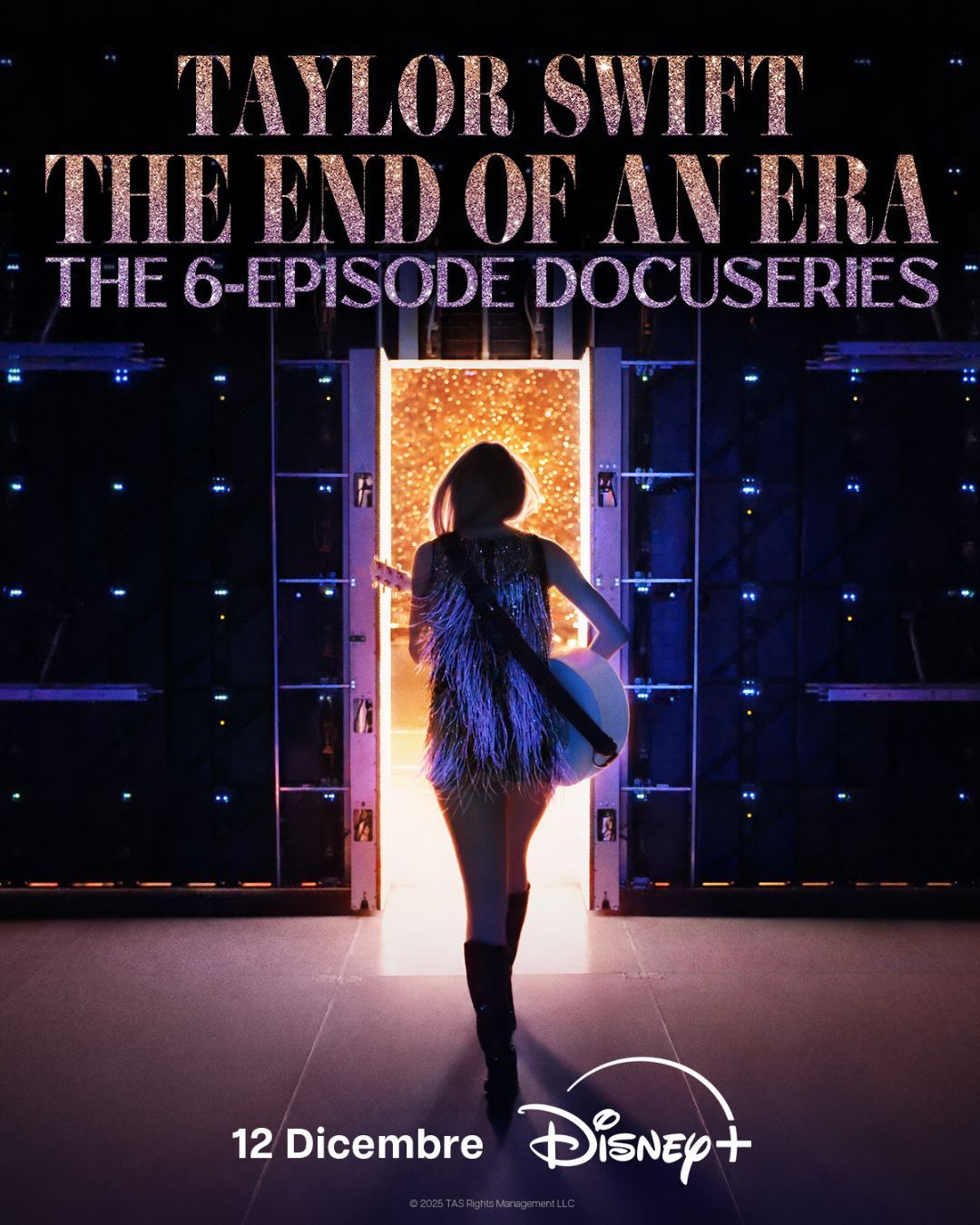
"Buy now, pay later" may not be a good idea Although it is increasingly widespread
I remember that during university, my economics professor opened the course with a warning: "Don’t go into debt. If you can’t afford something, don’t buy it." A simple statement, yet more relevant than ever. We are currently living in what is known as the Buy Now, Pay Later Era. Not only are we encouraged to buy now and pay later, but we also own less and spend more. Everything is a subscription: we rarely end up truly owning anything. From streaming platforms to long-term car rentals, we risk accumulating so many micro-expenses that we can no longer manage our personal budgets in a balanced way.
The internet between microtrends and installment payments
The world around us doesn’t help. Not only due to constant economic uncertainty, but also because of the endless exposure to fleeting and seemingly essential new needs. The rise of micro trends - born and spread rapidly on platforms like TikTok and Instagram - sparks a continuous stream of new desires, especially among younger generations, which often translate into purchases. Online shopping and digital payments make it all too easy. With just one click, it barely feels like spending money. But more than anything, it’s the widespread option across ecommerce platforms to pay in installments that fuels this phenomenon. The logic of buy now, pay later makes everything feel more accessible. This was even true for Coachella, one of the most famous music festivals in the world, where most tickets were bought using an installment plan allowing payments over several months. However, this seeming democratization is not without its risks. Postponing payments often leads to purchases, especially non-essential ones that we can’t actually afford in the moment. And that leads to debt, to quote my economics professor again, which, if unmanaged, can easily snowball into a bigger issue. Especially when added to the many monthly subscription expenses we often barely use to their full potential.
From debt to the no-buy year
This was shown in the story of American content creator Elysia Berman, who revealed she had racked up five-figure credit card debt (around $48,000) on completely unnecessary expenses, more out of shopping addiction than actual need. It all came to a head when she walked into a store to buy gloves and left with a $600 coat she didn’t need at all. That’s when she decided to commit to a no-buy year: a full year of no non-essential purchases. A much tougher challenge than it sounds, she says, but one that allowed her to pay off $30,000 of her debt in just twelve months. How hard is it to impose that kind of discipline on yourself?
@elysiaberman 8 tips to curb your spending and help you on your no-buy! Sorry for screaming into the microphone I’m still figuring this thing out #deinfluencing #nobuyyear #noshopping #nospendchallenge #nobuy #debtfreejourney #debtfree #shoppingaddict #shoppingaddiction #recovery original sound - elysiaberman
Gen Z between desires and real possibilities
Late millennials and Gen Z have grown up in a world of abundance, where technological progress has advanced at a pace few could have predicted. Everything is within reach, except our wallets. Our desires multiply, while our savings vanish. Social media often contributes to a distorted sense of reality, and consequently, to a socially corrosive envy, especially for those who can’t help but compare themselves to others. And so we click, buy, and split the payment. "I deserve it, I’ve worked hard." In doing so, we accumulate small debts, indulge in the unnecessary dressed up as essential. There is a way out: reflect, evaluate. Buy less but better, ideally when we can truly afford to.



